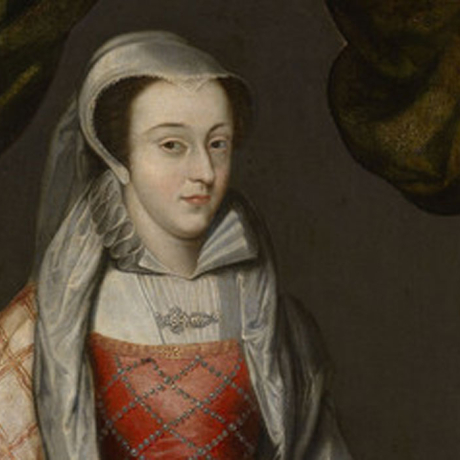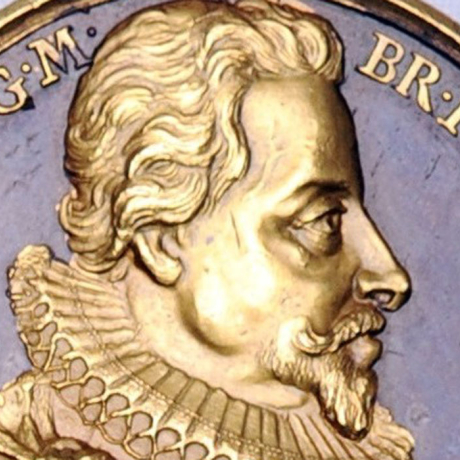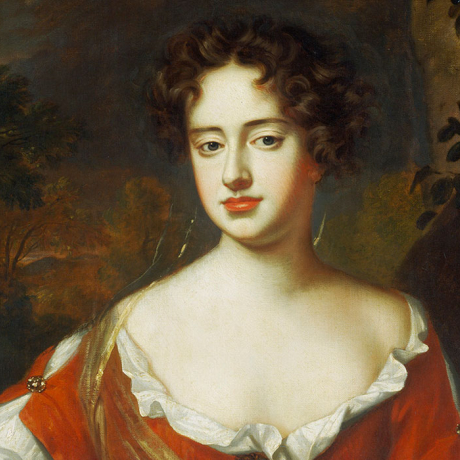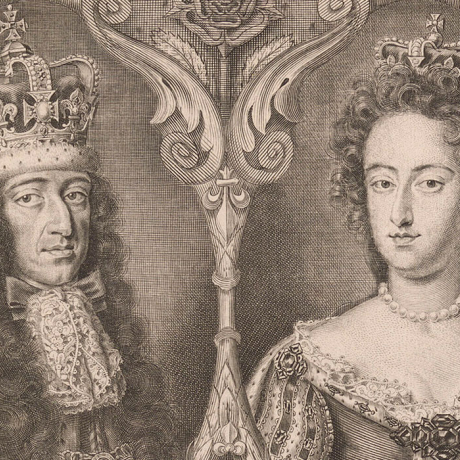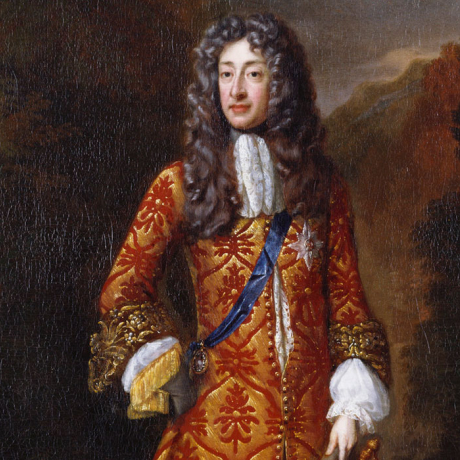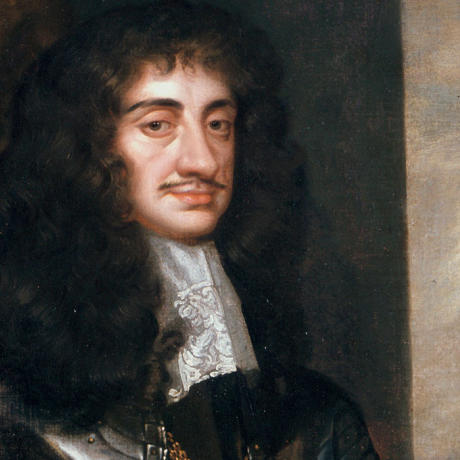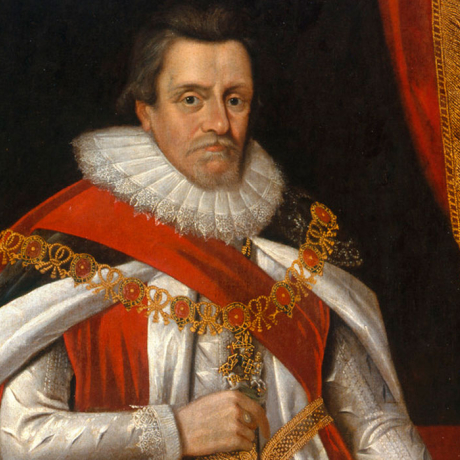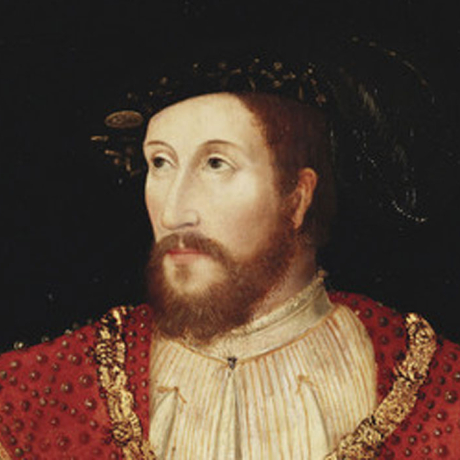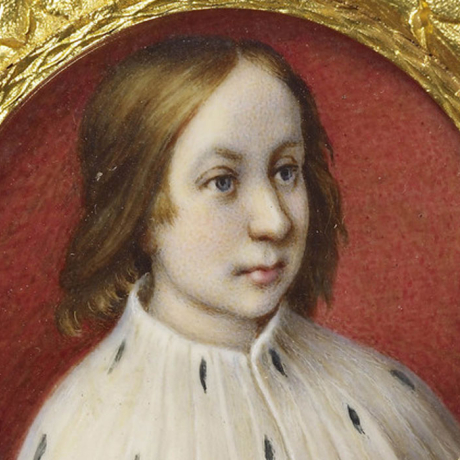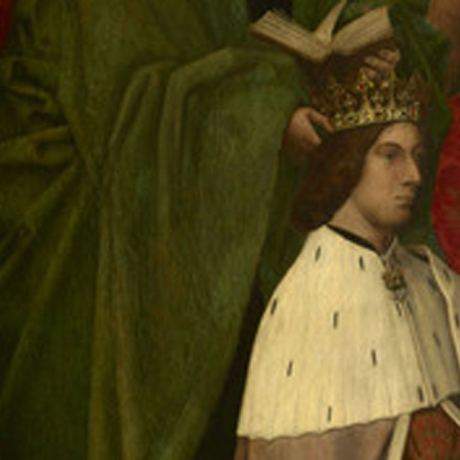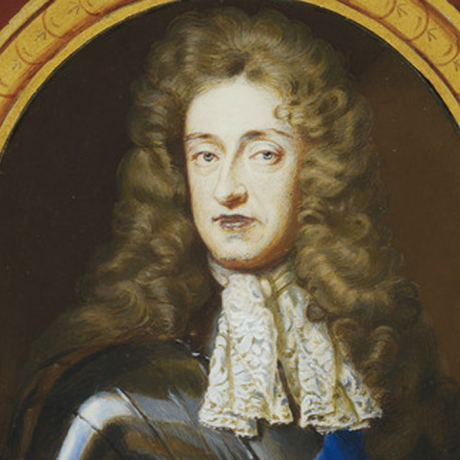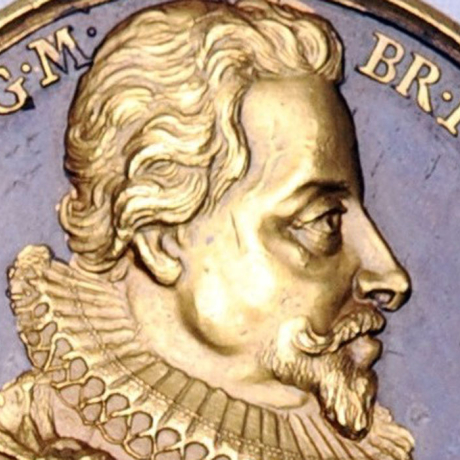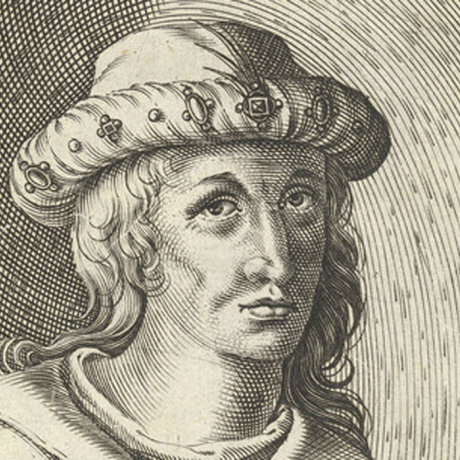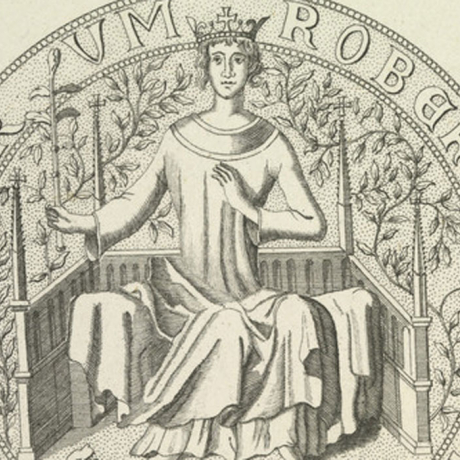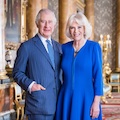Her claims to the throne of England were almost as strong as her claims to the Scottish throne. As Henry VII of England's great-granddaughter, Mary was next in line to the English throne, after Henry VIII's children.
Given her youth and sex, the Scottish nobility decided that they must make peace with England, and they agreed that she should marry Henry VIII's son, the future Edward VI.
No sooner had the treaty been arranged, however, than Catholics opposed to the plan took the young Mary to Stirling Castle and, to Henry's fury, they broke the match, preferring to return to Scotland's traditional alliance with France.
Henry thereupon ordered the savage series of raids into Scotland known as 'The Rough Wooing'. His army set fire to the Abbey of Holyroodhouse where James V was buried, burned crops in the Tweed Valley and set ablaze the Border abbeys of Melrose, Jedburgh and Dryburgh.
Undeterred, the Scots in 1548 betrothed Mary to the French King Henri II's heir, the Dauphin Francis, and sent her to be brought up at the French Court. It is said that the spelling of the royal family name of Stewart changed to Stuart at that time, to suit French conventional spelling.
Tall, graceful and quick-witted, Mary married the Dauphin in Paris on 24 April 1558. He succeeded to his father's throne in 1559, making Mary Queen of France as well as Scotland, but his reign was brief for he died of an ear infection in 1560.
The following year, despite the warnings of her friends, Mary decided to go back to Scotland, now an officially Protestant country after religious reforms led by John Knox.
She was a Roman Catholic, but her half-brother, Lord James Stewart, later Earl of Moray, had assured her that she would be allowed to worship as she wished and in August 1561 she returned, to an unexpectedly warm welcome from her Protestant subjects.
At first Mary ruled successfully and with moderation, advised by Lord James and William Maitland of Lethington, a subtle diplomat. However, her marriage in 1565 to her second cousin Henry, Lord Darnley (great-grandson of Henry VII) initiated a tragic series of events made worse by factious Scottish nobles.
Spoiled and petulant, Darnley became the tool of Mary's enemies and, with a group of conspirators, burst into her supper chamber, threatened the heavily pregnant queen and murdered her secretary, David Riccio, on 9 March 1566 inside the Palace of Holyroodhouse.
The birth of Mary and Darnley's son James that summer did nothing to improve their relationship, and when Darnley was murdered at Kirk o'Field, just outside the walls of Edinburgh on 10 February 1567, people suspected that she was implicated in the crime.
Her subsequent marriage three months later to the Earl of Bothwell (generally believed to be the principal murderer) brought her inevitable ruin. Her Protestant Lords rose against her and her army confronted theirs at Carberry Hill, near Edinburgh, on 15 June 1567.
She surrendered, was imprisoned in Lochleven Castle, Kinross-shire and forced to abdicate in favour of her infant son. Bothwell fled to Scandinavia, where he was arrested and held prisoner until his death.
Mary escaped from Lochleven in 1568, only to be defeated at the Battle of Langside, near Glasgow, on 13 May. Fleeing south, she sought shelter in England, believing that Queen Elizabeth I would support her cause, but instead she was kept in captivity in England for 19 years.
The focus of a long series of Roman Catholic plots against Elizabeth, culminating in the Babington Plot to assassinate the English queen, led to Elizabeth's ministers demanding Mary's execution: 'so long as there is life in her, there is hope; so as they live in hope, we live in fear'.
Mary was finally executed at Fotheringhay Castle in Northamptonshire on 8 February 1587, at the age of 44.
She was buried in Peterborough Cathedral, but in 1612 her son James VI and I had her body exhumed and placed in the vault of King Henry VII's Chapel in Westminster Abbey.

